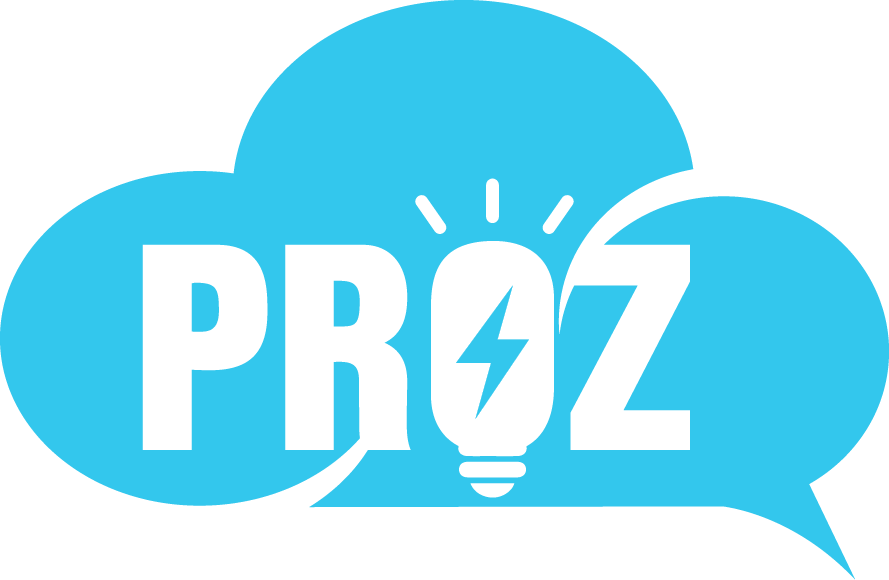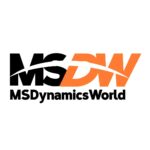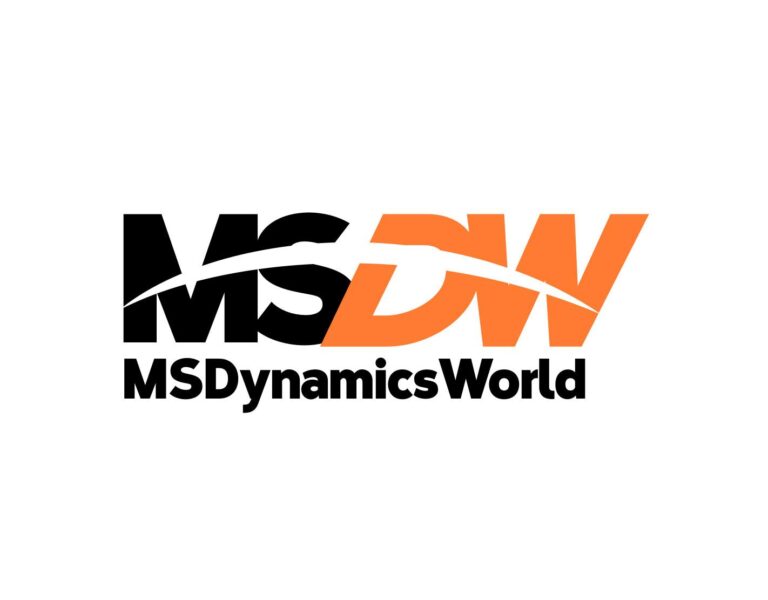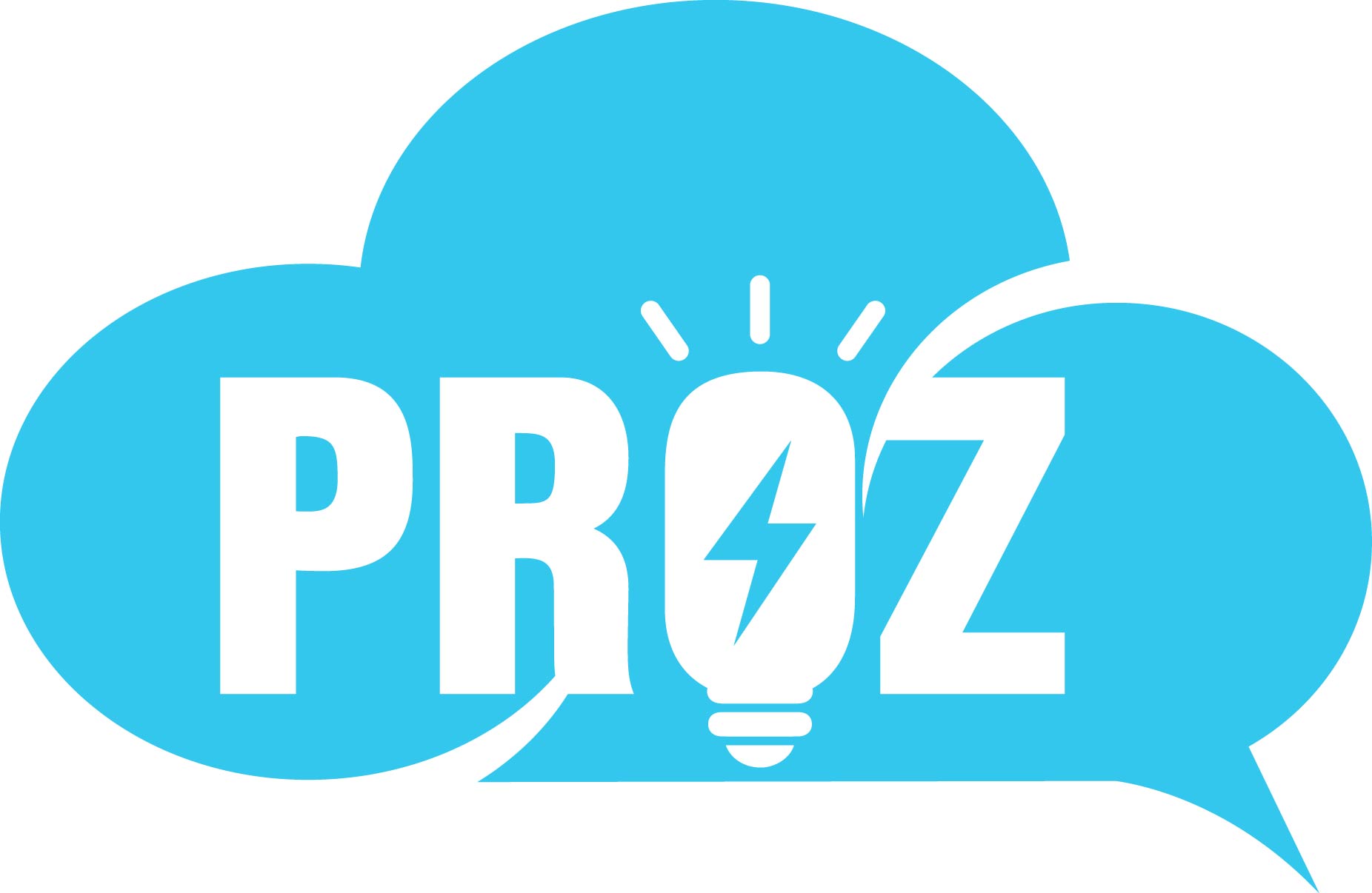Migrating data to Salesforce is a crucial step for businesses transitioning from legacy systems or consolidating multiple data sources into one powerful CRM. Done right, it enables seamless operations, accurate reporting, and better customer insights. Done poorly, it can lead to data loss, duplication, or inconsistencies that disrupt business processes.
This blog outlines the essentials of Salesforce data migration—its importance, common challenges, key steps, and best practices to ensure a smooth and error-free process.
What is Salesforce Data Migration?
Salesforce data migration is the process of transferring data—customer records, sales history, and operational details—from legacy systems, spreadsheets, or other CRMs into Salesforce. It involves three key stages: Extracting, Transforming, and Loading (ETL) data while ensuring its accuracy and integrity.
Businesses migrate to Salesforce to upgrade outdated systems, unify data from different sources, and leverage Salesforce’s analytics, automation, and CRM capabilities. A successful migration ensures that critical data is mapped correctly and fully integrated, forming the foundation for improved decision-making and customer engagement.
Why is Data Migration Important?
Accurate data migration plays a key role in the success of any Salesforce CRM implementation:
-
Business Continuity: Retains historical data and ensures uninterrupted operations.
-
Improved Data Quality: Cleans and standardizes data, eliminating duplicates and inconsistencies.
-
Better Decision-Making: Reliable data enables actionable insights and performance tracking.
-
Enhanced Customer Experience: Gives teams a 360° view of customers for personalized interactions.
-
Seamless Integrations: Facilitates smooth connections with ERP, marketing, and support systems.
-
Compliance & Security: Ensures adherence to data regulations like GDPR or HIPAA.
Key Challenges in Salesforce Data Migration
Data migration can be complex due to:
-
Poor Data Quality: Incomplete, outdated, or inconsistent data from legacy systems.
-
Complex Data Mapping: Different data models require careful field mapping.
-
Duplicate Records: Multiple sources often lead to redundant entries.
-
Integration Issues: Synchronizing Salesforce with other platforms may cause conflicts.
Addressing these challenges early with data cleansing, deduplication tools (e.g., Cloudingo, DemandTools), and structured mapping strategies ensures a smoother transition.
Salesforce Data Migration Process
A well-planned migration typically involves these steps:
-
Data Assessment & Analysis – Identify relevant data and clean redundant records.
-
Data Extraction – Securely extract data using tools like Salesforce Data Loader or APIs.
-
Data Cleansing & Preparation – Standardize formats and remove duplicates.
-
Data Mapping & Transformation – Align fields with Salesforce objects (Accounts, Contacts, Leads).
-
Migration Execution – Import in phases using Data Loader, Import Wizard, or ETL tools.
-
Validation & Testing – Compare source and migrated data; run User Acceptance Testing (UAT).
-
Post-Migration Monitoring – Audit, train teams, and implement long-term validation rules.
Best Practices for a Successful Migration
-
Clean and standardize data before migration.
-
Use a sandbox or staging environment for testing.
-
Migrate data in phases instead of a single bulk transfer.
-
Maintain a clear data mapping document.
-
Validate migrated data thoroughly and set up automated checks.
Tools & Methods
Depending on the volume and complexity, choose from:
-
Salesforce Data Loader: Best for large datasets.
-
Data Import Wizard: Suitable for smaller, simpler migrations.
-
ETL Tools (MuleSoft, Talend, Informatica): For complex integrations and real-time sync.
-
Custom API-Based Migration: For unique or high-volume requirements.
Conclusion
Salesforce data migration is more than a technical task—it’s a strategic process that impacts business continuity, decision-making, and customer satisfaction. By following structured steps, leveraging the right tools, and addressing challenges proactively, organizations can ensure a seamless transition.
Partnering with experts like Dean Infotech, a Salesforce Gold Partner, ensures secure, customized, and zero-downtime migration solutions. From third-party CRM to Salesforce migration to Classic-to-Lightning upgrades, their expert-led approach guarantees maximum data accuracy and business success.
Read More in Detail : Detailed Guide to Salesforce Data Migration






